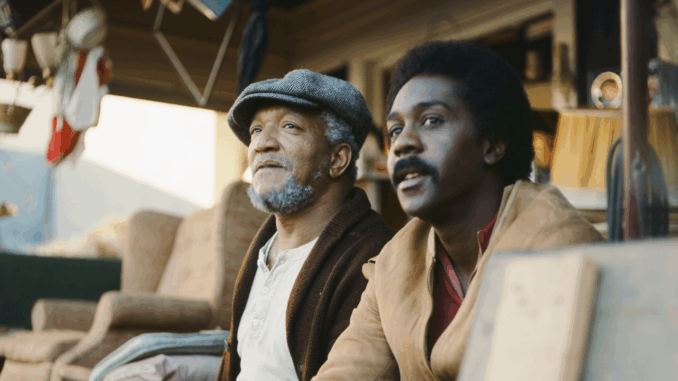
When Sanford and Son premiered in 1972, few could have predicted it would become one of the most culturally influential sitcoms in American television history. But beyond its laughs, outrageous one-liners, and Red Foxx’s unforgettable delivery of “I’m comin’ to join you, Elizabeth!”, the show subtly transformed the sitcom landscape.
For starters, it brought working-class Black life to prime time without apology. Set in Watts, Los Angeles, the show didn’t shy away from using real, gritty environments as a comedic backdrop. While earlier sitcoms like The Andy Griffith Show idealized small-town white America, Sanford and Son brought a different kind of authenticity to TV—one that resonated with millions.
It also pioneered a form of “conversational comedy” that modern shows like Atlanta, Abbott Elementary, and even The Office have since embraced. Much of the humor came not from punchlines but from the rhythm and rawness of the interactions, particularly between Fred Sanford and his long-suffering son Lamont.
In hindsight, Sanford and Son deserves more credit for breaking barriers and changing TV from the inside out—one junkyard joke at a time.
